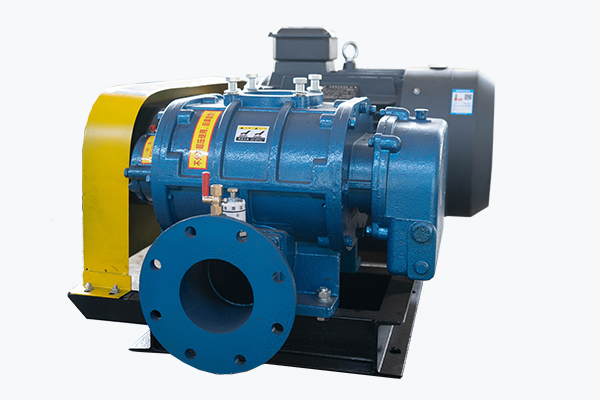Unveiling the Role of Roots Blowers in Aquaculture Pond Aeration
2024-04-08
Aquaculture, the farming of aquatic organisms such as fish and shrimp, relies on maintaining optimal water quality to ensure the health and productivity of cultured species. Aeration plays a pivotal role in this endeavor, and roots blowers have emerged as essential tools for promoting oxygenation and circulation in aquaculture ponds. In this blog, we'll explore how roots blowers contribute to the aeration process in aquaculture ponds and the benefits they offer to fish and shrimp farming operations.
Understanding Roots Blowers
Roots blowers, also known as rotary lobe blowers, are positive displacement machines designed to generate airflow by trapping and displacing air through a pair of counter-rotating lobes. These blowers are widely used in various industries for applications such as pneumatic conveying, wastewater treatment, and aeration.
1. Oxygenation of Water
One of the primary functions of roots blowers in aquaculture ponds is oxygenating the water. By delivering a continuous stream of air into the water column, roots blowers introduce oxygen molecules, replenishing dissolved oxygen levels essential for the respiration and metabolic processes of fish and shrimp. This oxygenation is particularly crucial in densely stocked ponds or during periods of high water temperature when oxygen demand is elevated.
2. Promotion of Water Circulation
Roots blowers contribute to the promotion of water circulation and mixing within aquaculture ponds. As air bubbles rise to the surface, they create turbulence and agitation, helping to break up stratification and stagnant zones. This circulation facilitates the movement of oxygen-rich surface water to deeper layers and ensures uniform distribution of dissolved oxygen throughout the pond, minimizing the risk of oxygen depletion in lower water depths.
3. Removal of Harmful Gases
In addition to oxygenation, roots blowers aid in the removal of harmful gases from aquaculture ponds. Carbon dioxide (CO2) and ammonia (NH3) can accumulate in pond water, posing risks to fish and shrimp health. Aeration with roots blowers promotes gas exchange at the water-air interface, allowing CO2 to escape and facilitating the conversion of toxic ammonia into less harmful forms, such as ammonium ions (NH4+).
4. Temperature Regulation
Roots blowers also contribute to temperature regulation in aquaculture ponds. The agitation and movement of water caused by aeration help dissipate excess heat from the pond surface, promoting heat exchange with the surrounding environment. This cooling effect can be particularly beneficial during periods of high water temperature, helping to maintain optimal thermal conditions for fish and shrimp growth and minimizing the risk of heat stress.
5. Enhanced Water Quality
Overall, roots blowers play a crucial role in enhancing water quality in aquaculture ponds. By oxygenating the water, promoting circulation, removing harmful gases, and regulating temperature, roots blowers create an ideal environment for the health, growth, and productivity of cultured species. Improved water quality leads to higher survival rates, faster growth rates, and better overall performance in aquaculture operations.
Conclusion
In conclusion, roots blowers are indispensable tools for promoting aeration and water quality in aquaculture ponds. By oxygenating the water, promoting circulation, removing harmful gases, and regulating temperature, roots blowers create an optimal environment for fish and shrimp farming operations. As the demand for seafood continues to rise, the importance of efficient and effective aeration systems in aquaculture cannot be overstated. By harnessing the capabilities of roots blowers, aquaculturists can optimize their operations and contribute to sustainable seafood production for the future.



